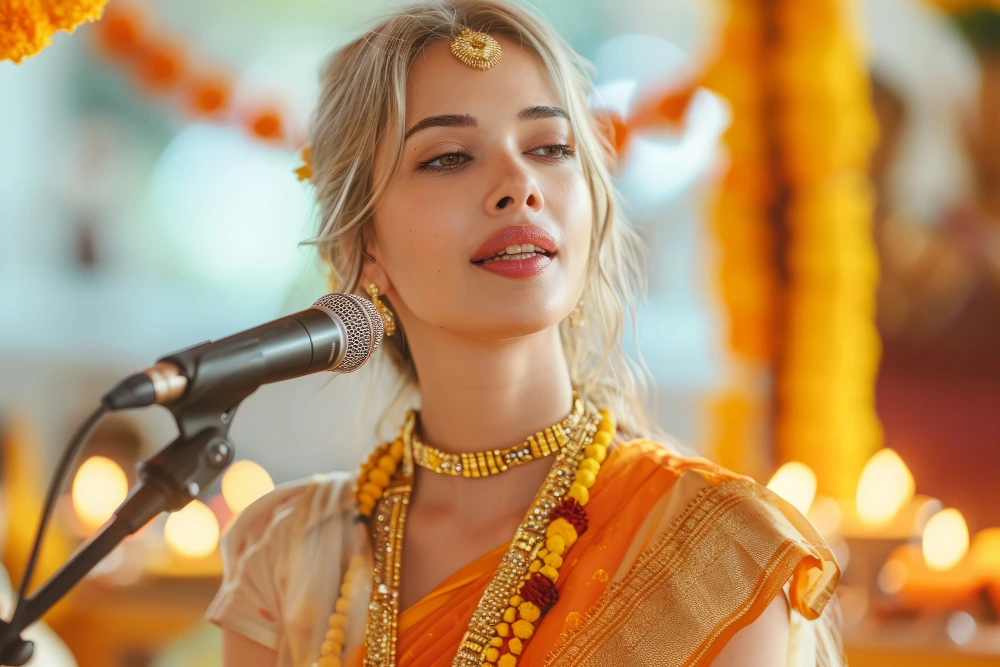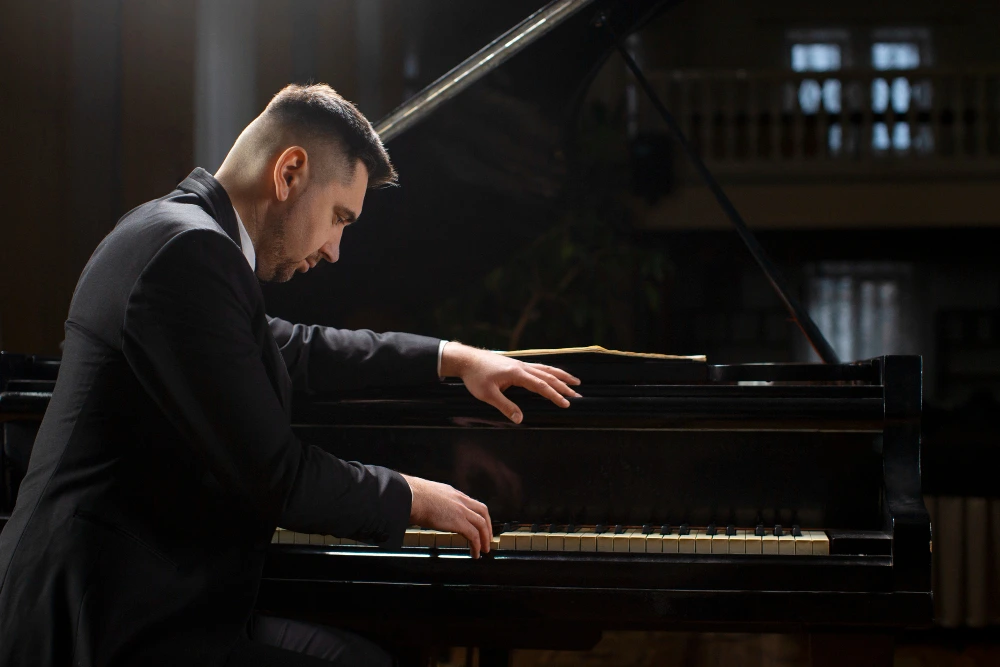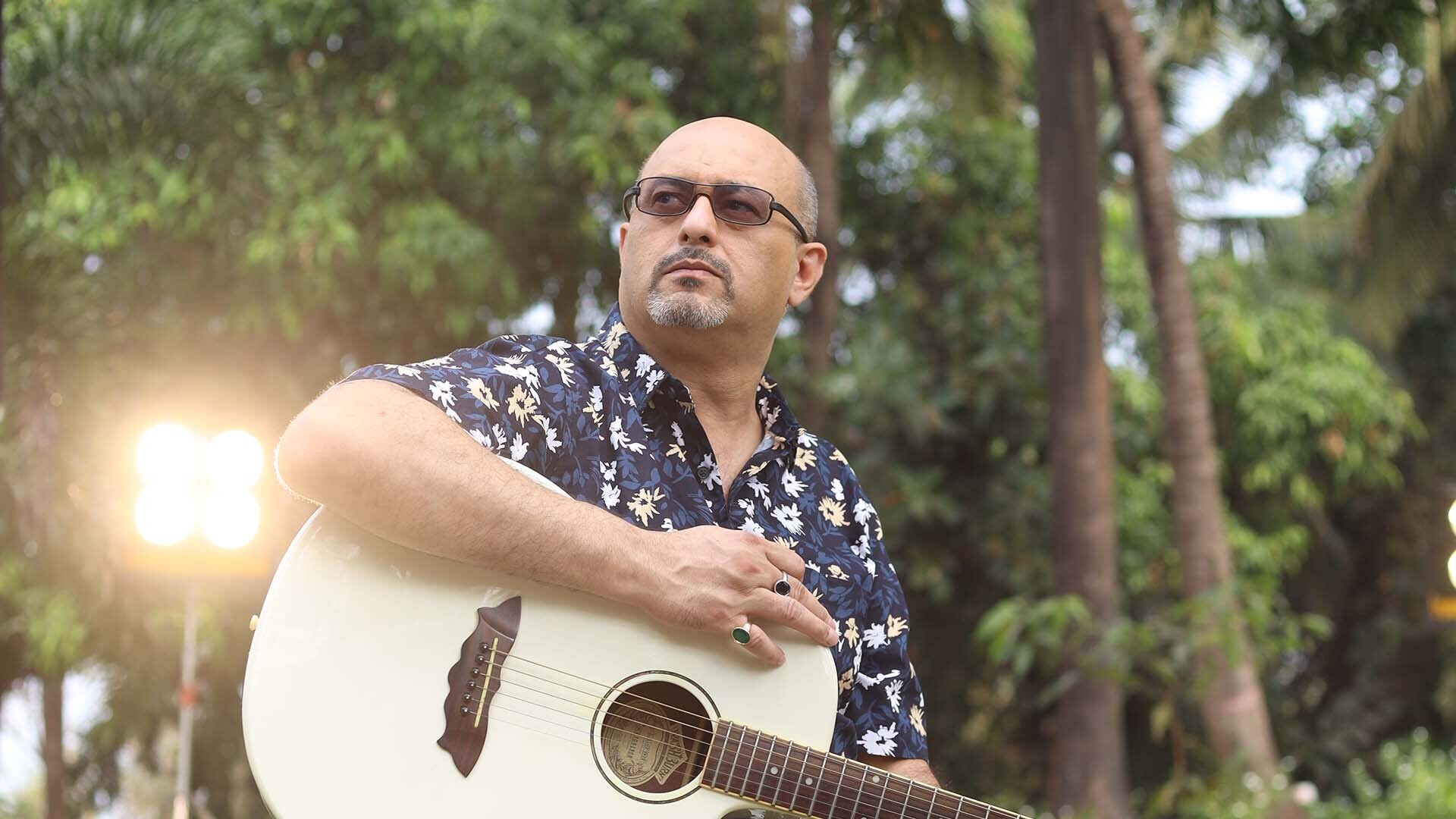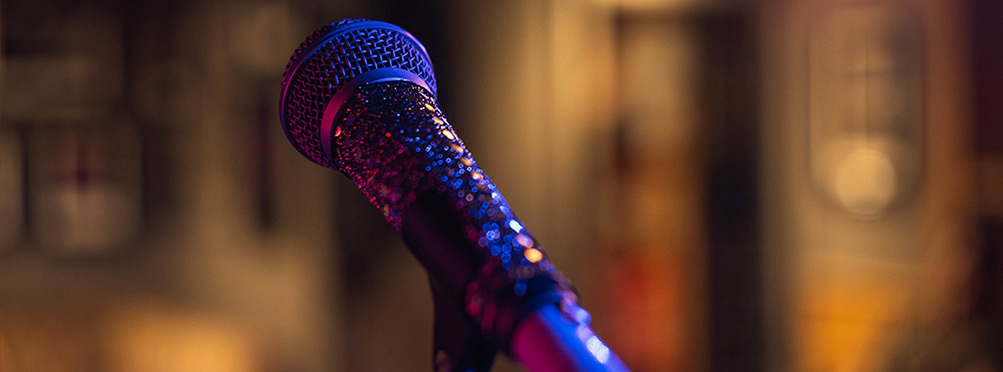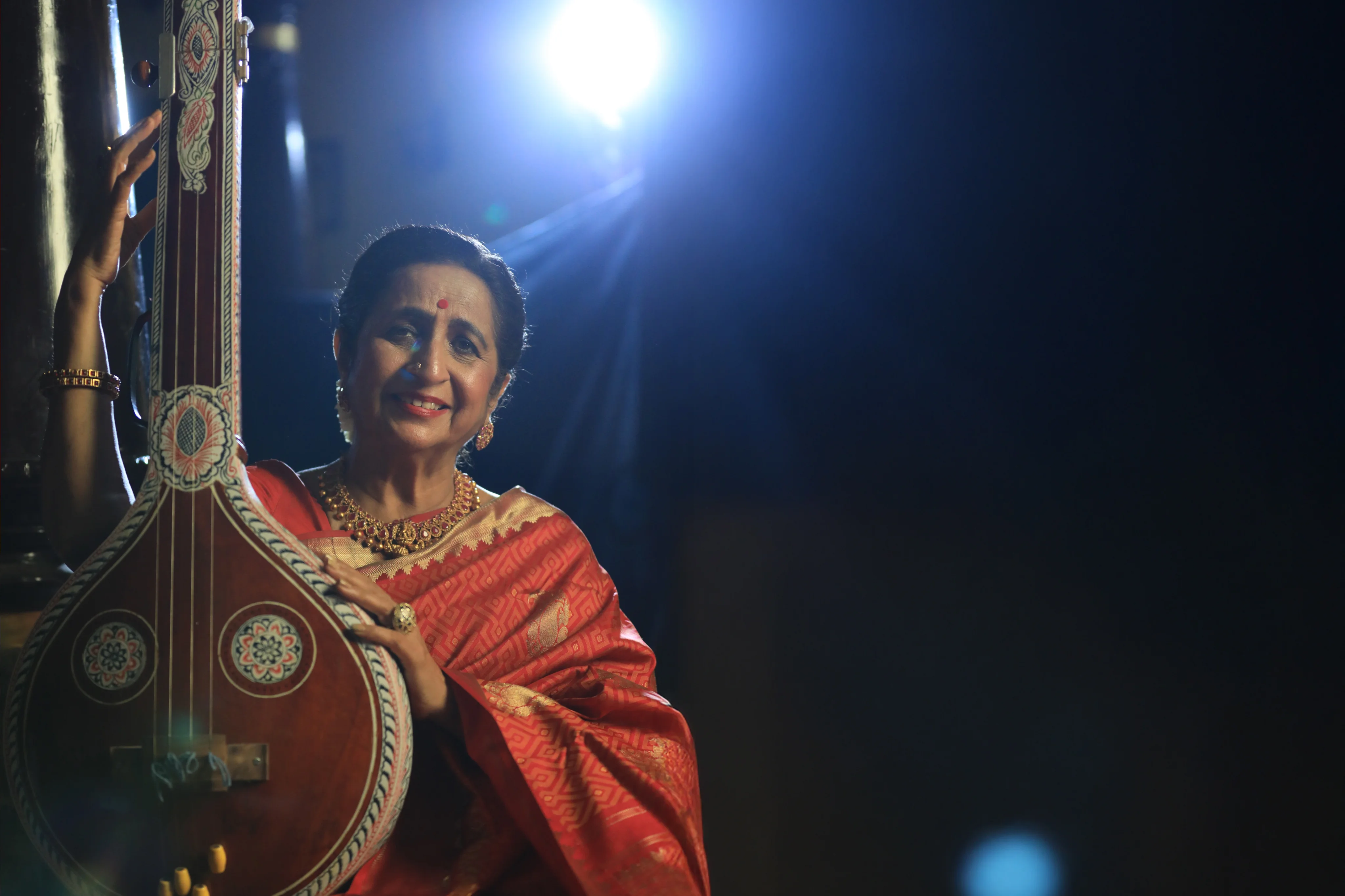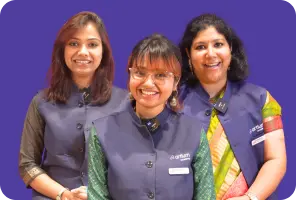Hindustani classical music is one of the two main streams of Indian classical music, the other being Carnatic music. Known for its intricate melodies and rhythmic patterns, Hindustani vocal music has been an integral part of India’s rich cultural heritage.
If you’ve ever attended a classical Hindustani vocal performance, you know how powerful it can be, taking you to a world filled with emotions and a deep connection to culture. But understanding this music can be difficult, especially if you’re just starting.
If you’re someone who wants to learn what is Hindustani music or you are simply curious about the different types of Hindustani vocal music, this blog will give you a clear overview. And, if you’re thinking of getting started, we offer online Hindustani vocals classes that make learning convenient and accessible.
The Origin of Hindustani Vocal Music
Let us understand the origin of this musical form. Hindustani classical music goes back to ancient India, specifically the Vedic period, when music was mostly heard in prayers. Later, with influences from Persian and Mughal cultures, Hindustani music evolved into what we hear today.
The primary turning point was during the 13th century when Indian classical music was divided into two distinct traditions: Southern Carnatic music and Northern Hindustani music. While both are based on ancient traditions, Hindustani music developed a combination of improvisation, emotion, and melodies that the audiences adore even today.
The focus on ragas (melodic frameworks) and talas (rhythmic cycles) distinguishes Hindustani music, as does the artist’s ability to improvise and play with the sounds creatively.
Different Forms of Hindustani Vocal Music
- Khyal
If you’ve ever heard a classical concert, you’ve likely heard Khyal. The word “Khyal” means imagination, and this form is all about expressing the artist’s interpretation of a raga. It’s the most popular form because it offers so much room for improvisation.
A Khyal performance can be divided into two parts:
- Bada Khyal (a slower exposition of the raga)
- Chhota Khyal (a faster and more energetic rendition)
Khyal singers explore with Alaps (slow, contemplative notes) and Taans (fast, complicated patterns). If you’re planning to learn Hindustani music, mastering Khyal is key because it gives you the freedom to explore and express.
- Dhrupad
Dhrupad is one of the oldest forms of Hindustani music, and it’s all about structure and discipline. Unlike Khyal, which allows a lot of flexibility, Dhrupad follows strict guidelines. It’s deeply meditative and is often connected with devotional music. The goal of Dhrupad is to create a spiritual connection, both for the singer and the audience.
Dhrupad focuses heavily on perfecting the raga with minimal ornamentation. If you want to create a deeper connection to the roots of music, Dhrupad should likely be your choice.
- Thumri
If Khyal is imagination and Dhrupad is discipline, Thumri is known for its pure emotion. Thumri is a semi-classical form of music that often discusses the themes of love and devotion. Unlike the structured nature of Dhrupad, Thumri is fluid and expressive.
Thumri songs often tell a story, most commonly about Lord Krishna’s romantic journeys. The music is more light-hearted, which lets singers intricately express their emotional depth.
- Tappa
Tappa is fast, intricate and full of vocal acrobatics. Originating from the folk songs of camel riders in Punjab, Tappa has a distinct rhythm and speed that makes it one of the most challenging forms of Hindustani music.
- Bhajan
Bhajans are devotional songs that are easy to sing and usually involve community participation. They aren’t bound by strict rules of raga and tala, making them accessible to everyone, whether they’re trained in classical music or not. Bhajans are meant to express devotion and are usually sung in praise of the divine.
- Tarana
Tarana is one of the more playful forms of Hindustani music. Instead of traditional lyrics, Tarana uses rhythmic syllables like “ta”, “dheem”, or “nadir”. These syllables are sung quickly, making the performance lively and full of energy. Tarana is an excellent way for singers to show off their rhythmic precision and mastery of the raga. It’s exciting, fun, and a great showcase of skill.
- Chaiti, Kajari, and Hori
These are seasonal, semi-classical styles of music that are associated with Indian festivities. Chaiti is sung in the month of Chait (spring), Kajari during the monsoon season, and Hori during Holi. These forms are usually expressive, with themes of nature, love, and joy.
Conclusion
Hindustani classical music is a broad genre that offers something for everyone. If you’re excited to learn Hindustani music, at Artium Academy, we offer online Hindustani vocal classes, allowing you to explore this intricate style of music from the comfort of your home. With our personalised 1:1 sessions, you can learn at your own pace, tailoring your journey through the types of Hindustani vocal music to suit your needs. Plus, with our course designed by the musical expert Shubha Mudgal, you can be assured of receiving the best support, opportunity, and growth in your musical journey.
Learn music online today and experience the joy of Hindustani music with the guidance of expert teachers who will help you every step of the way!

